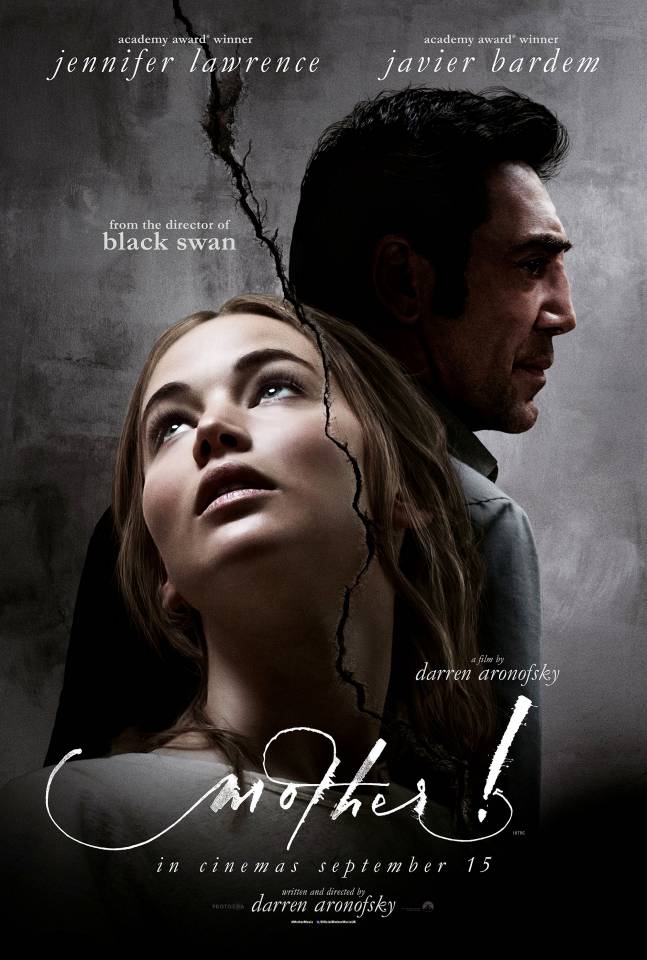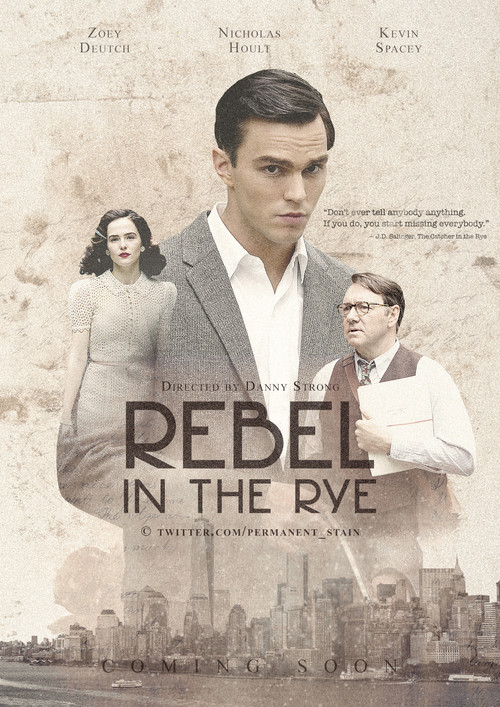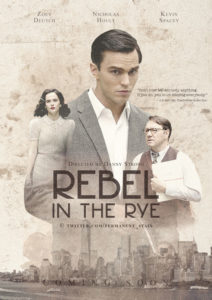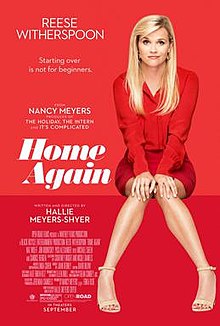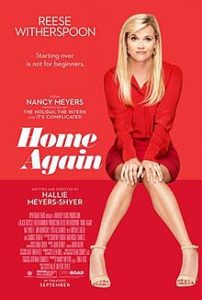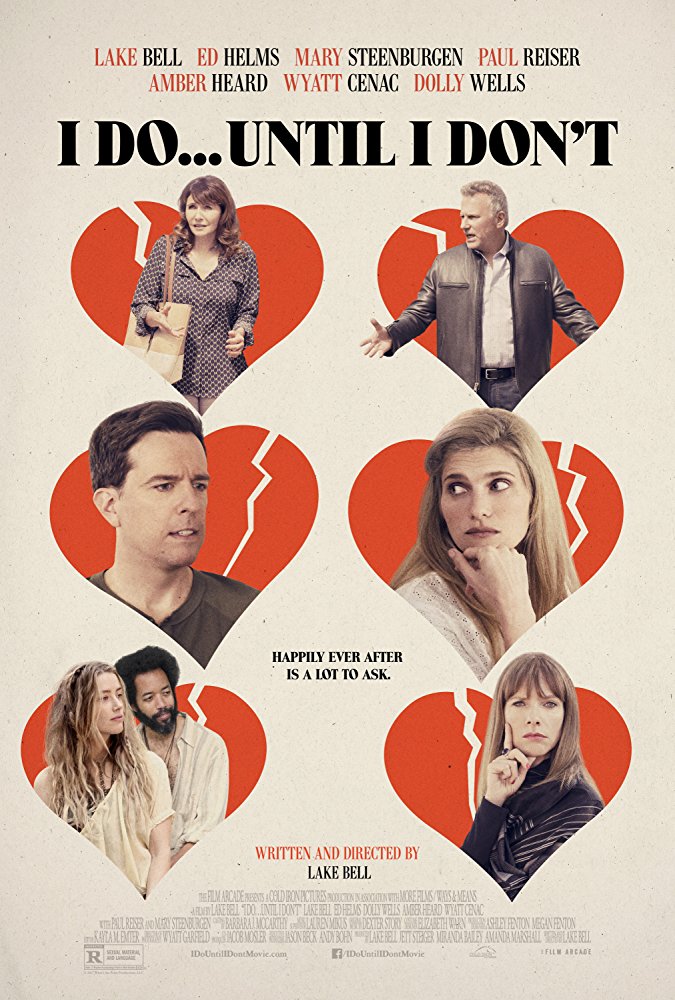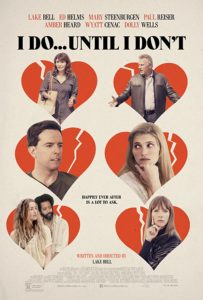mother!
Posted on September 14, 2017 at 8:27 pm
D| Lowest Recommended Age: | Adult |
| MPAA Rating: | Rated R for strong disturbing violent content, some sexuality, nudity and language |
| Profanity: | Some very strong language |
| Alcohol/ Drugs: | Drinking, drunkenness, cigarettes |
| Violence/ Scariness: | Extremely intense, brutal, and graphic violence including murders of adults and a newborn, cannibalism, fire, many grisly and disturbing images |
| Diversity Issues: | None |
| Date Released to Theaters: | September 15, 2017 |
| Date Released to DVD: | December 18, 2017 |
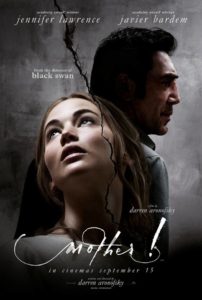
Over the next few weeks, maybe over the next few years, you will see some thoughtful analyses and interpretations of “mother!” (lowercase m at the beginning, exclamation point at the end), examining the Biblical references and exploring the metaphors. I look forward to these discussions and hope I will be persuaded. But I was unable to find anything more in the film than pretentious, self-indulgent images with, for a movie about in some sense creativity, very little to say.
It’s a warning sign of precarious pretension when a film’s characters are not named and listed in the credits only as archetypes: mother, man, woman, him, younger brother, oldest son, good Samaritan, fool, wanderer, idler. It’s not that it can’t be done; it’s just that it’s a high bar to clear. What might work as a horror story about a young, pure-hearted bride in a gigantic, isolated house who is confronted with various dread-inspiring elements both natural and supernatural in this case fails because it keeps telling us it wants to be more. There’s some flashy cinematic flourish but very low octane.
Jennifer Lawrence is game and endlessly watchable as always, which is a good thing because most of the time the camera is close on her increasingly panicked face. She plays the title character, who is created out of dust as the house comes together from a wreck of ashes. “Baby?” she asks tentatively and searchingly as she gets out of bed to look for her husband/partner, played by Javier Bardem. He is a poet, acclaimed but currently blocked. She is his endlessly devoted helpmeet, always working to restore the house or present him with wholesome meals or just encourage him.
Their peaceful life is disrupted when a doctor with a bad cough (Ed Harris) arrives, later joined by his wife (Michelle Pfeiffer, mesmerizing and terrifying), a couple who have some very serious boundary issues, to the point of being predatory. Basically, they are the world’s worst and most annoying houseguests. mother wants them to leave and cannot understand why poet would not check with her first. He seems unable to recognize how destructive they are. He seems flattered by having them there.
Then the bad stuff begins to happen. And then the really bad stuff begins to happen and keeps happening. Writer/director Darren Aronofksy, who has explored themes of creativity and the line between passion and obsession in films like “Requiem for a Dream,” “The Fighter,” and “Black Swan” may be trying to reach for overarching Biblical concepts here (he also made “Noah”). But with the arrestingly staged but horribly violent last act and it’s not-to-be-revealed ending, it communicates something more like a defensive argument in favor of the right of creators to abuse those around them. Not true, whether it’s family members or people in the audience.
Parents should know that this film includes peril and violence, with murders of adults and a newborn infant, guns, fire, explosions, abuse, cannibalism, grisly and disturbing images, nudity, childbirth, brief very crude language, sexual references and explicit situations.
Family discussion: What does the ending signify? Who do the couple represent? What does the house represent?
If you like this, try: “Noah” from the same writer/director, “North Fork”

